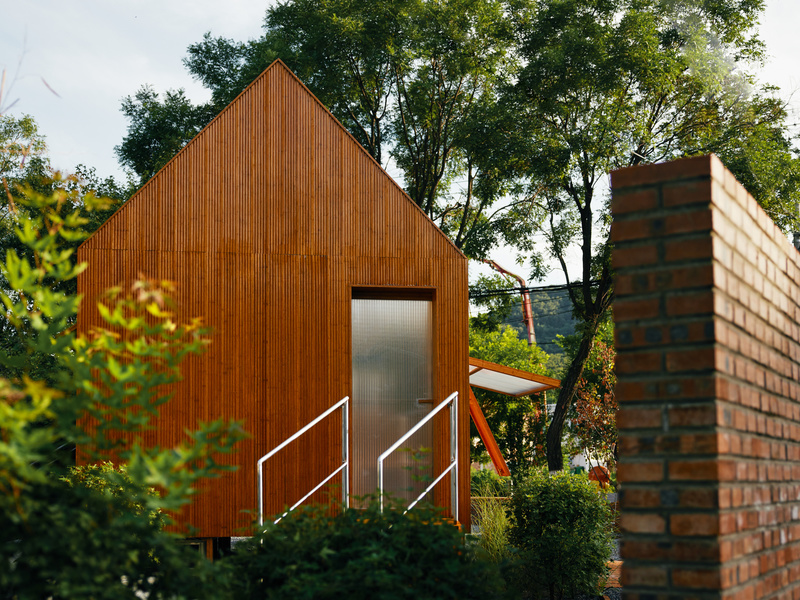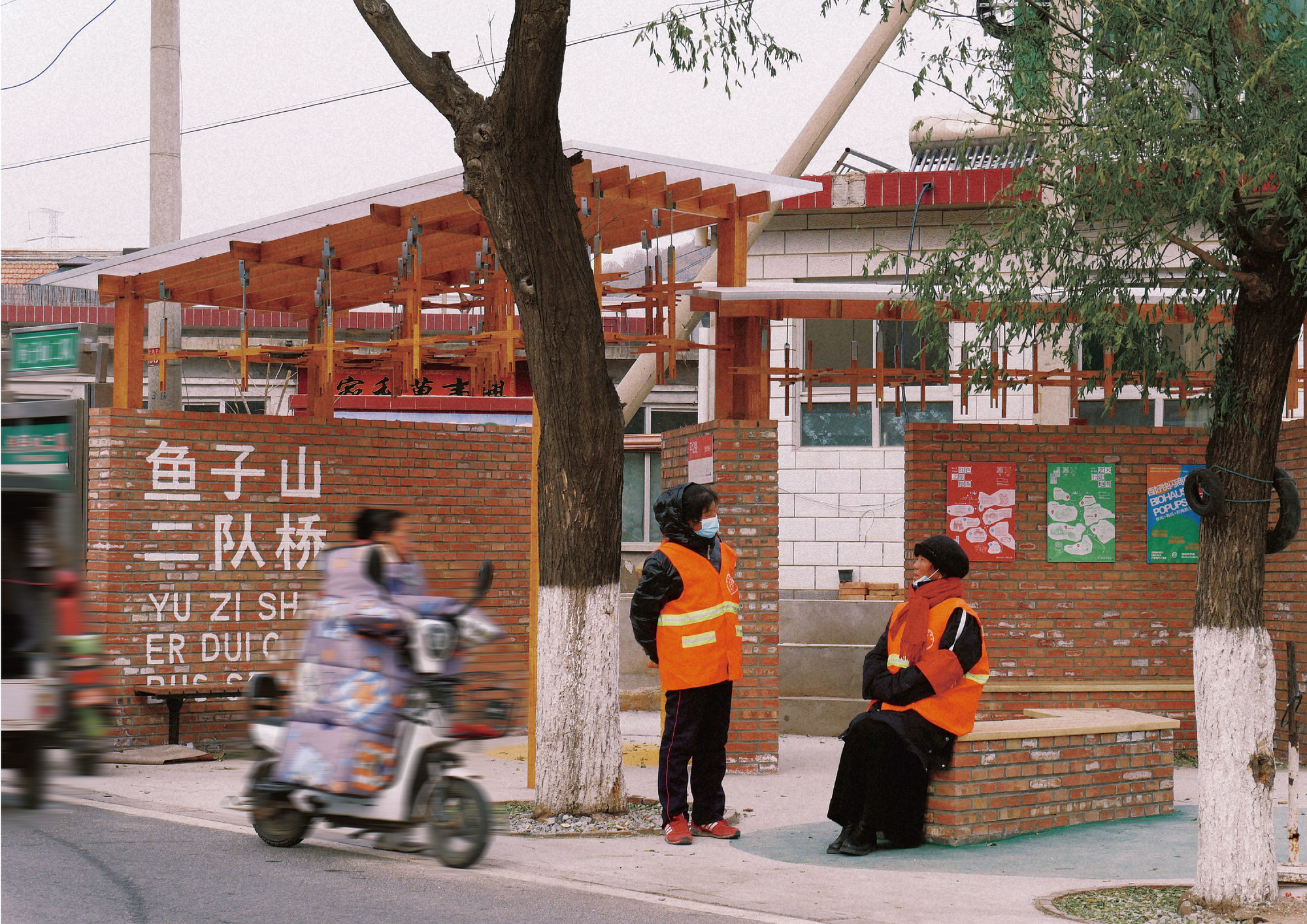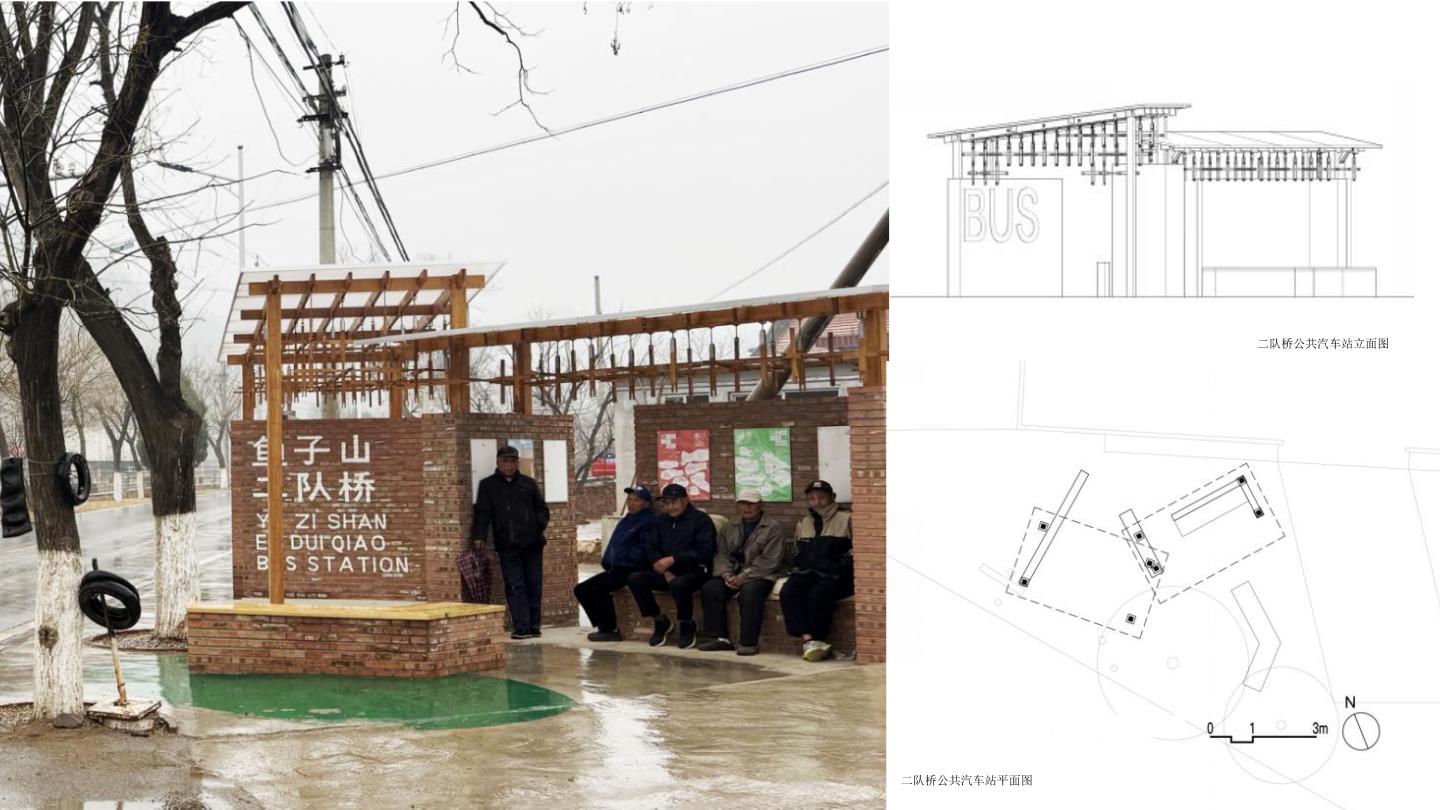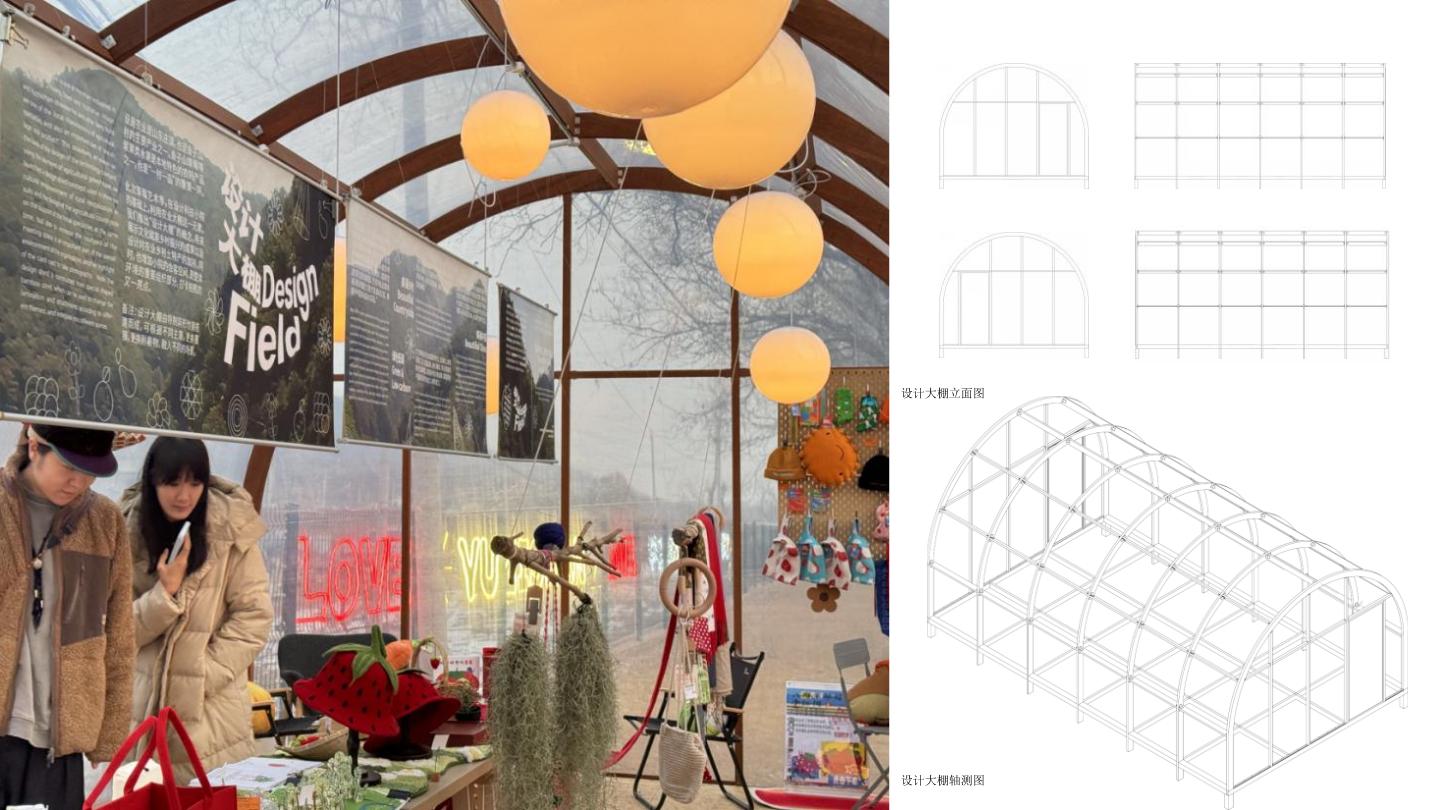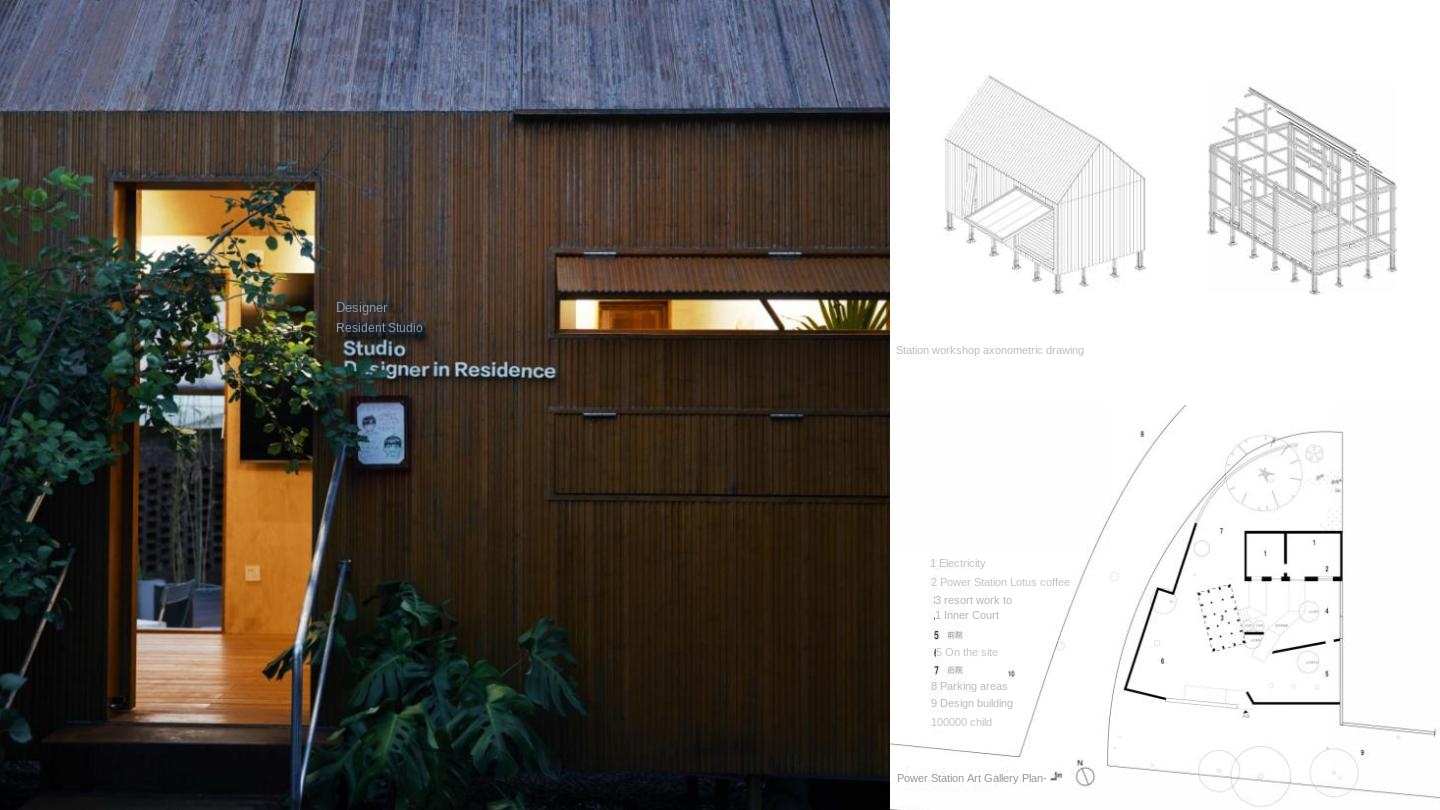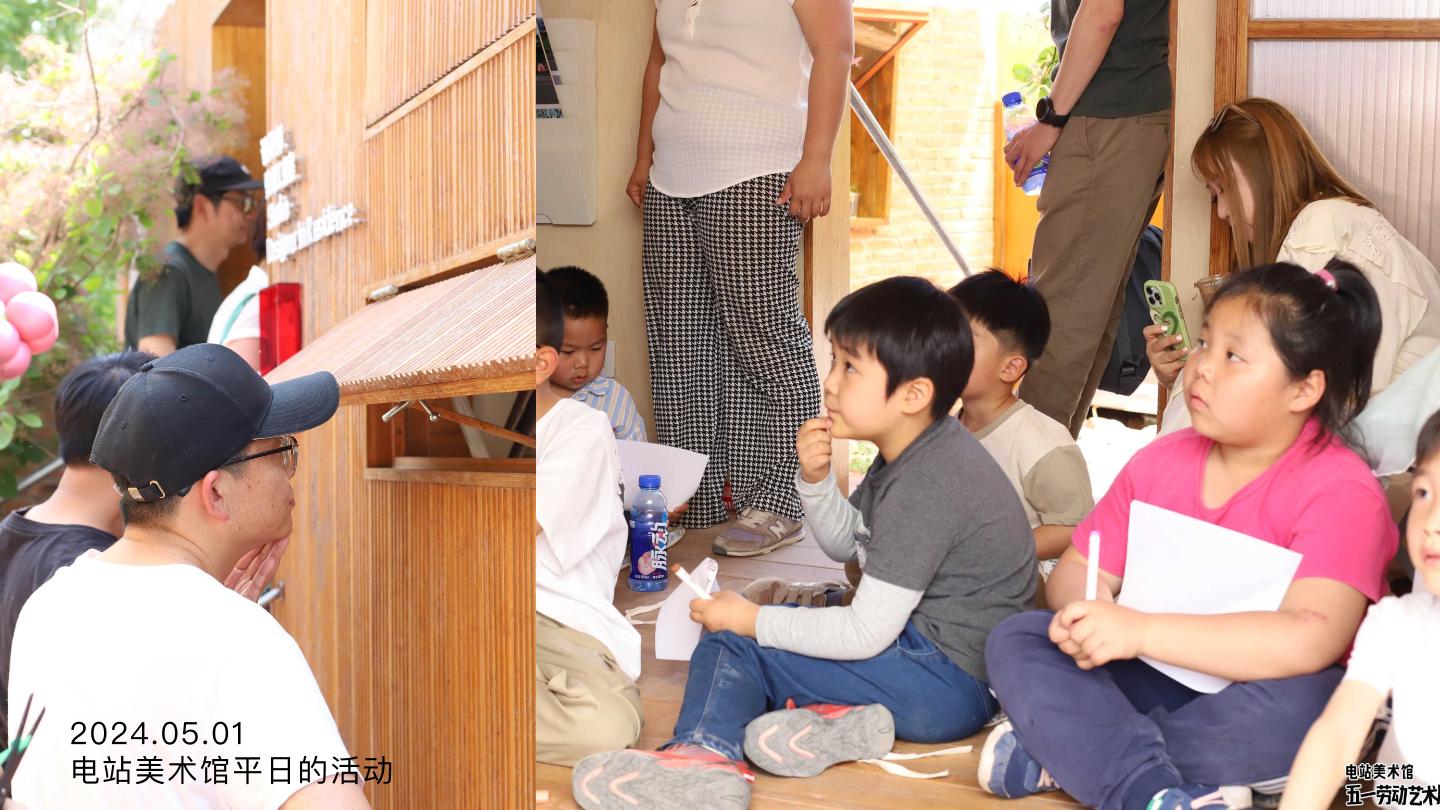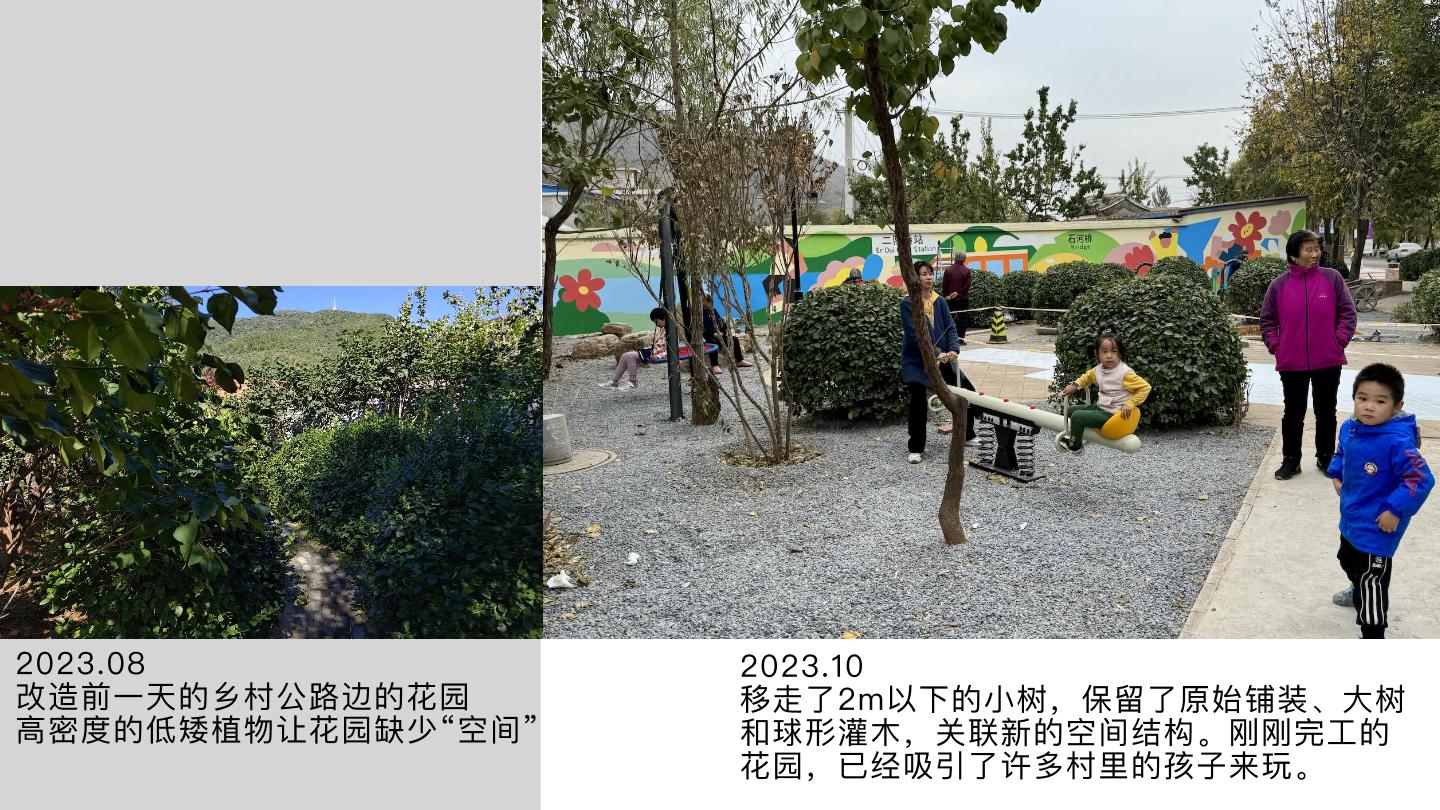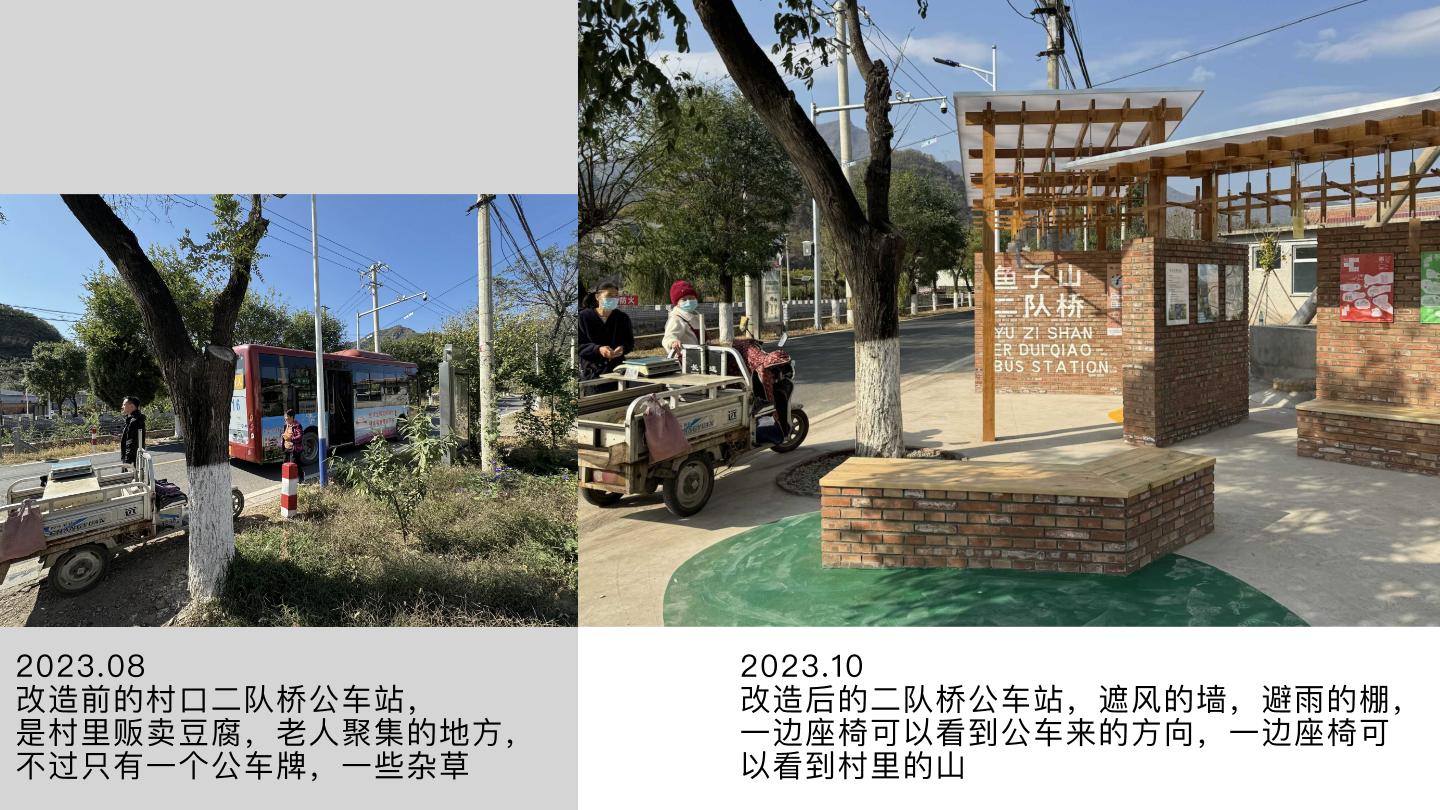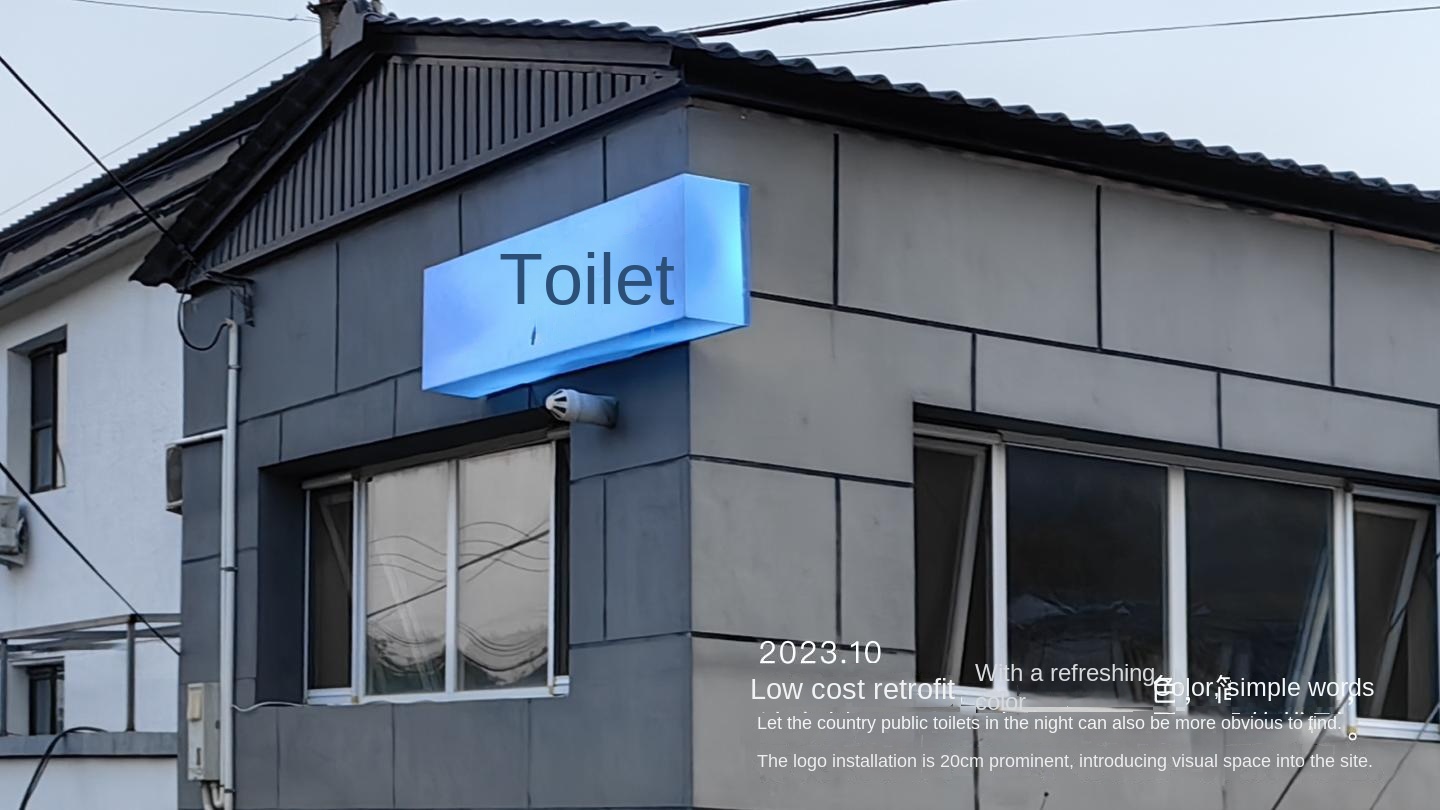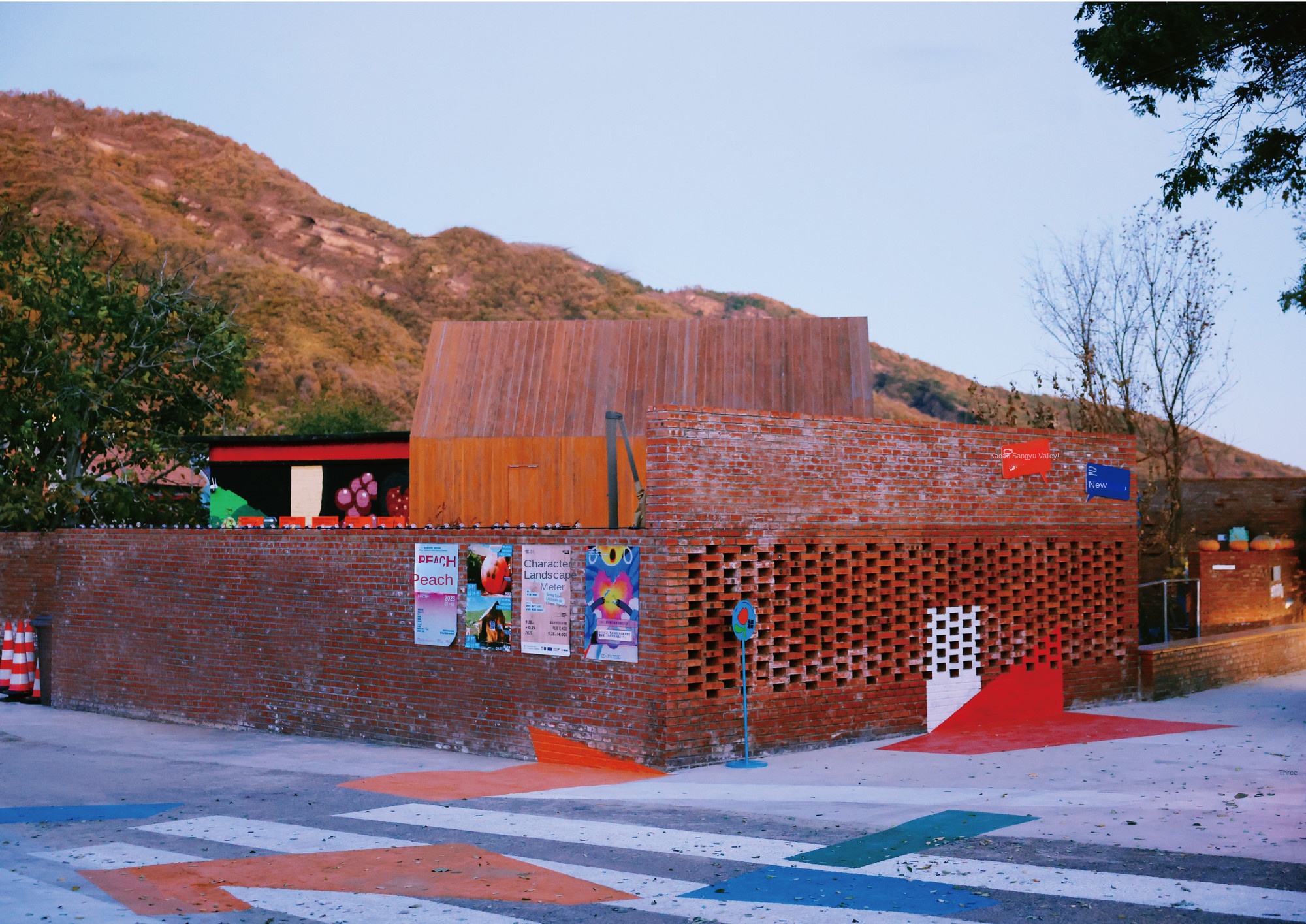
Power Station Art Gallery: substation gallery
2023.07, the completed power station art gallery

Second Team Bridge Bus Station: busstation
2023.11, at the second team bridge bus station of yuzi mountain village next to the art museum
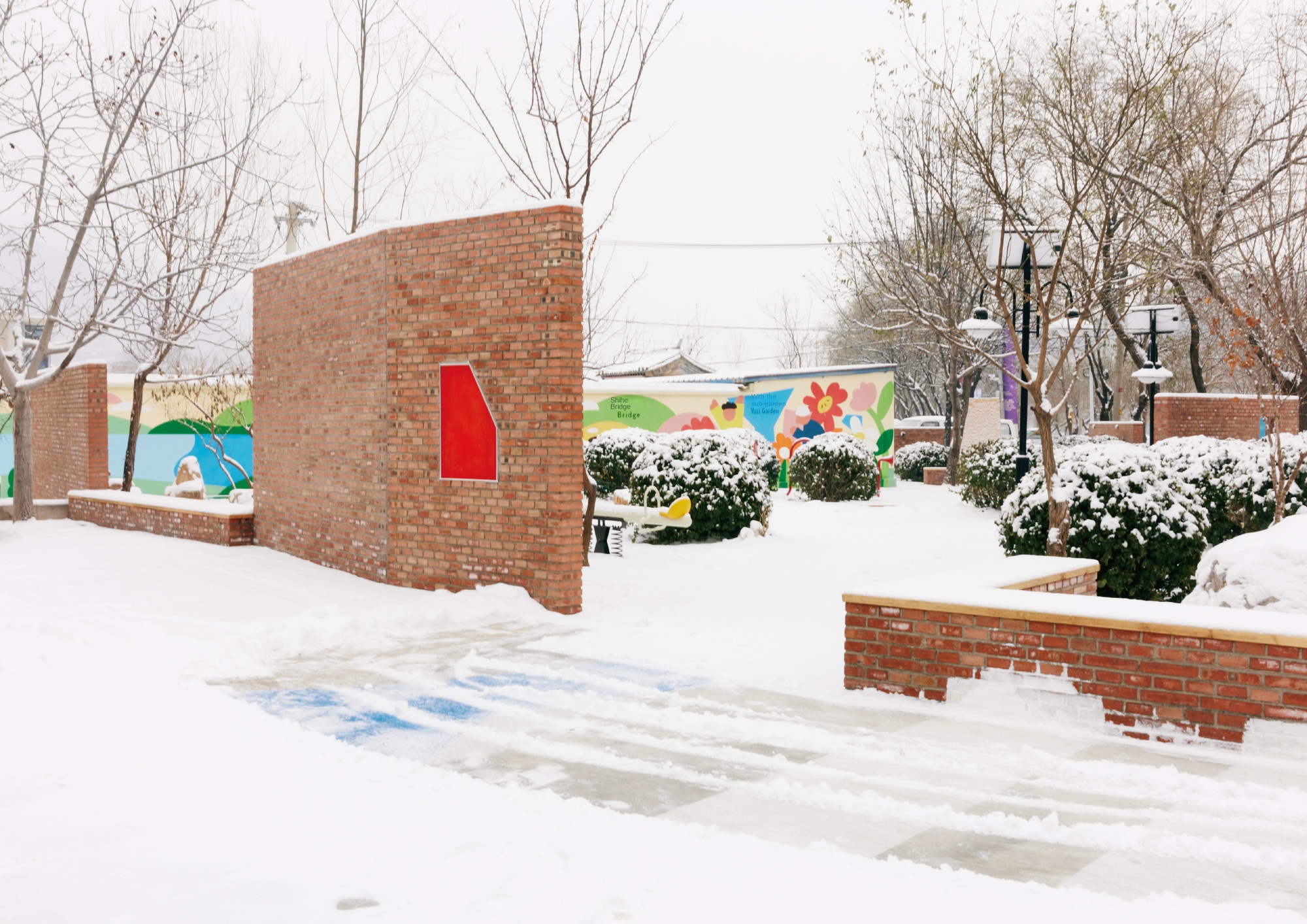
Village Garden Snow: garden
2023.12, a small garden connecting the art gallery and the bus station. Villagers/child friendly gardens.

Art galleries and design greenhouses at night
On New Year's Day in 2023, the art museum was decorated with lights as a night activity venue for villagers to spend the festival.

Inside the Art Museum
2023.09, visitors pass by the gallery's studio
Detailed Works Scheme
Other supplementary information
Some activities and construction processes
Work Video-Project Animation Video
Video-Power Station Art Gallery and the Country Station and Garden nearby
Before the start of this project, the design team first lived in the village and then designed from the needs of the village, which is the focus of this project. The project is located in Yuzishan Village, Beijing. As an important part of the rural cultural infrastructure, it has completed the power station art museum, and its surrounding children-friendly park-Heziyuan, Erduanqiao bus station, design greenhouses and other important nodes.
The Power Station Art Museum is located under the walnut tree at the entrance of the mountain village. It is at the front of the only road in this valley village. The north end of the village is the Grand Canyon Ecological Zone. The whole village is a folk village. In the past ten years, the development of the scenic spot has gradually separated the rural Grand Canyon from the rural locality and turned into a tourist enclave on the north side of the mountain village. The completion of the Power Station Art Museum has once again accommodated the residential settlement of the entire mountain village with the Grand Canyon, allowing the spatial boundary of the site to be felt, extending 3 kilometers to the south, and once again appearing at the entrance of the village, where villagers and tourists share cultural infrastructure, get to know each other, get in touch with each other, and let the spirit of the village appear again.
The power station art gallery and its surrounding facilities, covering an area of 1800 square meters, have been under construction since March 2023. Through the place, carrying high-quality cultural content, the brand of art gallery and power station coffee has been established for the village, making the power station art gallery the second village collective management of high-quality agricultural, cultural and tourism integration cultural landscape.
"Children-friendly Pocket Park with Ziyuan" is homophonic with "fish" and was officially completed in October 2023. It is separated from the Power Station Art Museum all the way. It is not only an outdoor extension of the art museum, but also an important pocket park on Xiayu Road. In the design, in accordance with the curiosity of children, the full balance of appropriate exploration and safety. Consider the dimensions of children and the appropriate companionship of adults. Through the transparent colored windows, a peaceful and quiet place for children to play in the village is isolated. There are children's sand pool, microphone, swing, adventure trails, seesaw and other facilities for children to play.
At the same time, the team pays attention to the management of space, so that rural construction does not stay at the level of architectural space. For subsequent operation and management, it is the focus of rural construction vitality and space quality. The team cooperates with the CCE Curatorial Experimental Center to continuously introduce high-quality cultural resources, artist residency plans, exhibitions, activities, and content to the countryside. It was selected to 2023 a new public space in Beijing, a social practice platform for students, and promoted the employment of villagers. It held 10 exhibitions and nearly 50 activities, becoming a design tour project of Beijing Design Week and a children's design week project. The project has attracted two young people from Yuzishan Village to return to their hometowns for employment. In the current two years of operation, under the background of maintaining the village's collective economic management, it has achieved the goal of making profits every year and increasing income year by year. This is the need for architects and operators, local managers, villagers constantly communicate, the purpose of attention.
This project is quite special and is being promoted little by little. At the beginning, there was no demand for villages and towns, or to give a grand spatial plan, and there was no overall investment demand. But after the project team completed 6 months of familiarity with the village and dependence on local food, and met half of the villagers in the village, it began to spend 6 months on a 600-square-meter roadside, with villagers, Together with universities, slowly built a small art gallery. Of course, the team already had a vision for the whole village at the beginning, but at the beginning, it still needs to pass a small point to enhance the villagers' confidence in the construction.
In our creative process, ecological social sustainability is always the core of our attention. In the project, we are more committed to exploring how to establish a deep and lasting connection between nature and society through architectural design. In the context of China's rural revitalization, this kind of exploration is particularly important. We focus on how to bridge the gap between rural and urban infrastructure, cultural resources and social space through design, bringing practical help to villagers, while respecting local cultural and environmental characteristics.
In this project, we transformed an abandoned substation into an art gallery, which is the cultural center at the entrance of the village. It preserves the historical memory of the old house while adding modern features. The villagers in this village have the habit of drinking coffee, which just provides a public gathering place for the villagers. And there is also a very good resource here. At the end of this road, there is a 4A-level scenic spot-Jingdong Grand Canyon, which belongs to the collective assets of the village. At the end of each year, the profits of the scenic spot are paid dividends to the villagers. Yes, but the old facilities in the scenic spot make management increasingly a concern for every villager. The establishment of a second operating area for the village collective is also a task of this project. Therefore, the initial purpose of this project is not only to improve the quality of life of the villagers, but also to help the villagers build new community ties and establish tourism infrastructure for more tourists to come here.
in terms of infrastructure improvement, we have focused on introducing public services and amenities to villages on an equal footing with cities. We will have only one country car license, but a small piece of wasteland where many old people move small horses to chat here, and transform it into a real bus station. The design includes a roof to shelter from the rain, a wall to shield the wind, a seat to rest and a small information board to provide a social place for the elderly to communicate and rest. It is also a memory point connecting the city and the countryside.
We always believe that the design of space is not only a form of expression, but also a social discourse. We hope that through the concept of sustainable ecological society, we can combine the unique resources of the countryside with modern needs, and inject new vitality into the equal development between urban and rural areas. In this process, the villagers are not bystanders, but our collaborators. Through in-depth field research and continuous dialogue, we ensure that each design can respond to the real needs of villagers, and at the same time give new vitality to the village in an innovative way.
Li WeiXun, project leader, presiding architect, presiding architect of Haita Architecture Office (Hapitat Architect), associate professor of School of Art and Design, Beijing Institute of Fashion Technology, graduated from School of Architecture, Technical University of Munich.







